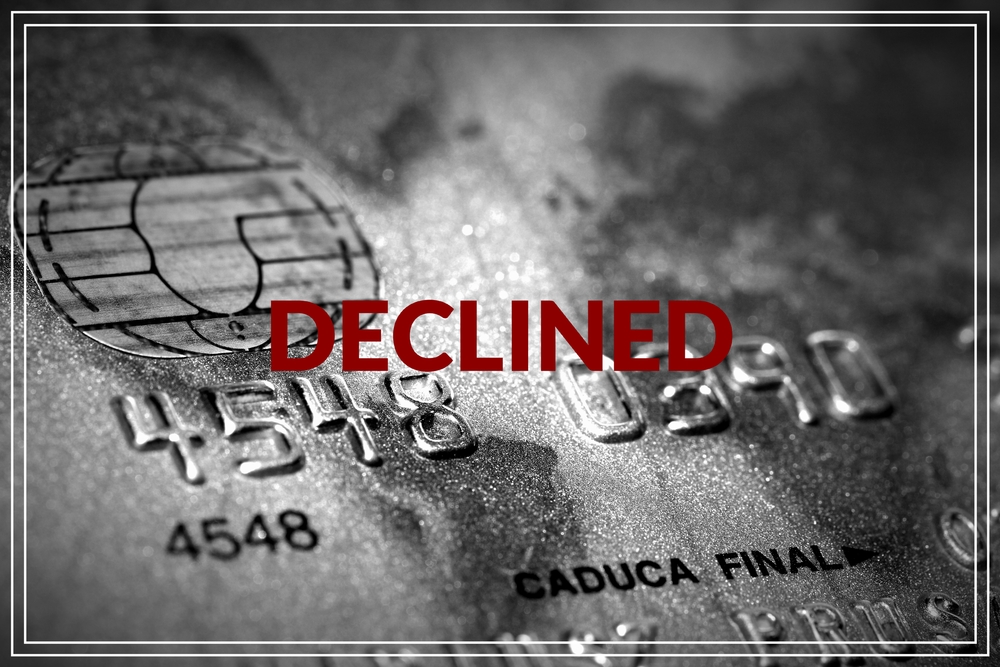Category: Payment Processing
-
What Is “stel aggregation”? And Why Does It Appear on Customer Bank Statements?
Stel aggregation is the process of combining multiple small transactions into one larger transaction. This is often done to make it easier for banks to reconcile their customer accounts and prevent overdrafts. Stel aggregation takes place when a customer has multiple debits made by different merchants on the same day, but they’re not all paid…
Written by

-
Increased Declines at Checkout? Sell Internationally? This Is Why
Declined transactions happen to all online merchants. It’s part of running a successful store. Customers want your product, banks don’t. That’s essentially what it boils down to, especially for high-ticket merchants. But you can do something about those credit card declines and start converting OVERNIGHT. In this post, I’ll reveal the No. 1 reason why…
Written by

-
How to Prevent False Declines on High-Ticket Transactions
False declines are an annoying nightmare for merchants selling high-ticket items. The customer clearly wants your product and the only thing getting in their way is their own bank! Here, we’ll tell you why false declines happen and how to fix it. Having a fluid customer checkout experience is critical for maximizing customer lifetime value…
Written by

-
All Your Questions Answered About Accepting Crypto as Payment
If you’ve been following the news, you’ll know that cryptocurrencies have been on a rollercoaster ride. While there are still many questions surrounding crypto, one thing is clear: it’s here to stay. In fact, business owners from all industries should start considering accepting cryptocurrency payments for their goods and services. Here’s what you need to…
Written by

-
Payment Gateway vs Payment Processor Explained
If you’re a small business owner, chances are you’ve heard about payment processors and payment gateways. They sound similar and they both allow your customers to pay for products or services online. But what’s the difference between them? And which one do you need? We answer all your payment questions below. What is a payment…
Written by
